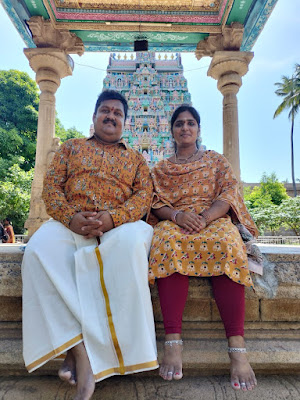 |
| Dr Manmohan Singh Ji with Sri P V Narasimha Rao JI |
"History will be kinder to me" - Dr Manmohan Singh Ji (January 2014)
Dawn brought with it the sad news of the demise of Dr Manmohan Singh Ji. For a man who disliked Politics and yet was a Member of Rajya Sabha for over three decades, and an economist who served all top finance related posts in Republic of India, his life remained a contrast of humility and economic excellence. His role as our Prime Minister is much studied, maligned and poorly resembles a film that has a decent first half and a disastrous second half. In unshackling the reins of the Indian economic giant and waking it out of the Quota Raj induced stupor, his role as Finance Minister, although in near past is sweeter.
As he humbly quipped, two phone calls spaced 15 years apart went on to change his life, and the fate of our country, if that is not so much of an overstatement. The first one made him the Finance Minister and the second and more popular one was in 2004. In his illustrious life, Dr Singh straddled with ease as an Economist, Educator, Bureaucrat and Political Statesman. He was mocked for his silence and the so called Policy Paralysis (2011), but he could address the most troubling and gargantuan press conferences with ease and grace. Under his watchful gaze, India reinforced her place as the World's fastest growing economy, pulling the 123 Deal with USA. A slew of welfare measures marked the reformer's era, but alas there was always much to be desired. A dash of courage and creativity perhaps...
As I am from Andhra, I've seen his wish of Special Status to the residuary state of Andhra Pradesh (Rajya Sabha Statement, February, 2014) wither into a cruel call in wilderness - was that a genuine concern or simply wishful thinking of a work in progress politician - no one knows. Three decades prior, his Political mentor Sri PV Narasimha Rao Ji, famously quoted in USA - "Not being a historian, I am under no obligation to remember the Cold war, and I'd skip it." But, in Dr.Singh's case, it's a twist of fate that a great political statesman looks to history for some genuine appreciation. And, he deserves our respect.
Tribute to Sri Manmohan Singh
16 Saladi Jamindar Street, Palakollu,.
27th of December, 2024.
.jpeg)

.jpeg)
.jpeg)








.jpeg)
.jpeg)



.jpg)





.jpeg)
.jpeg)

















.jpeg)